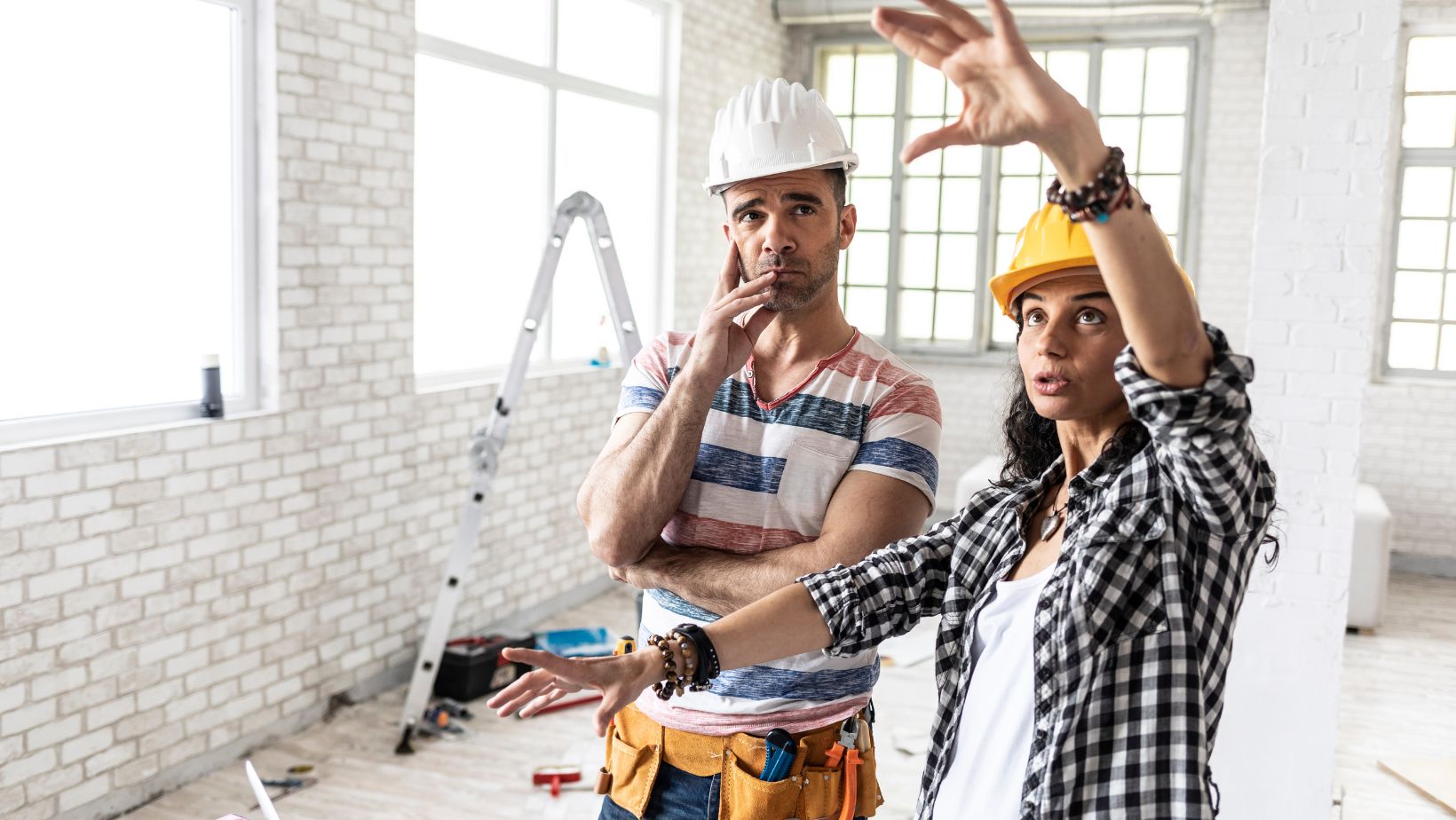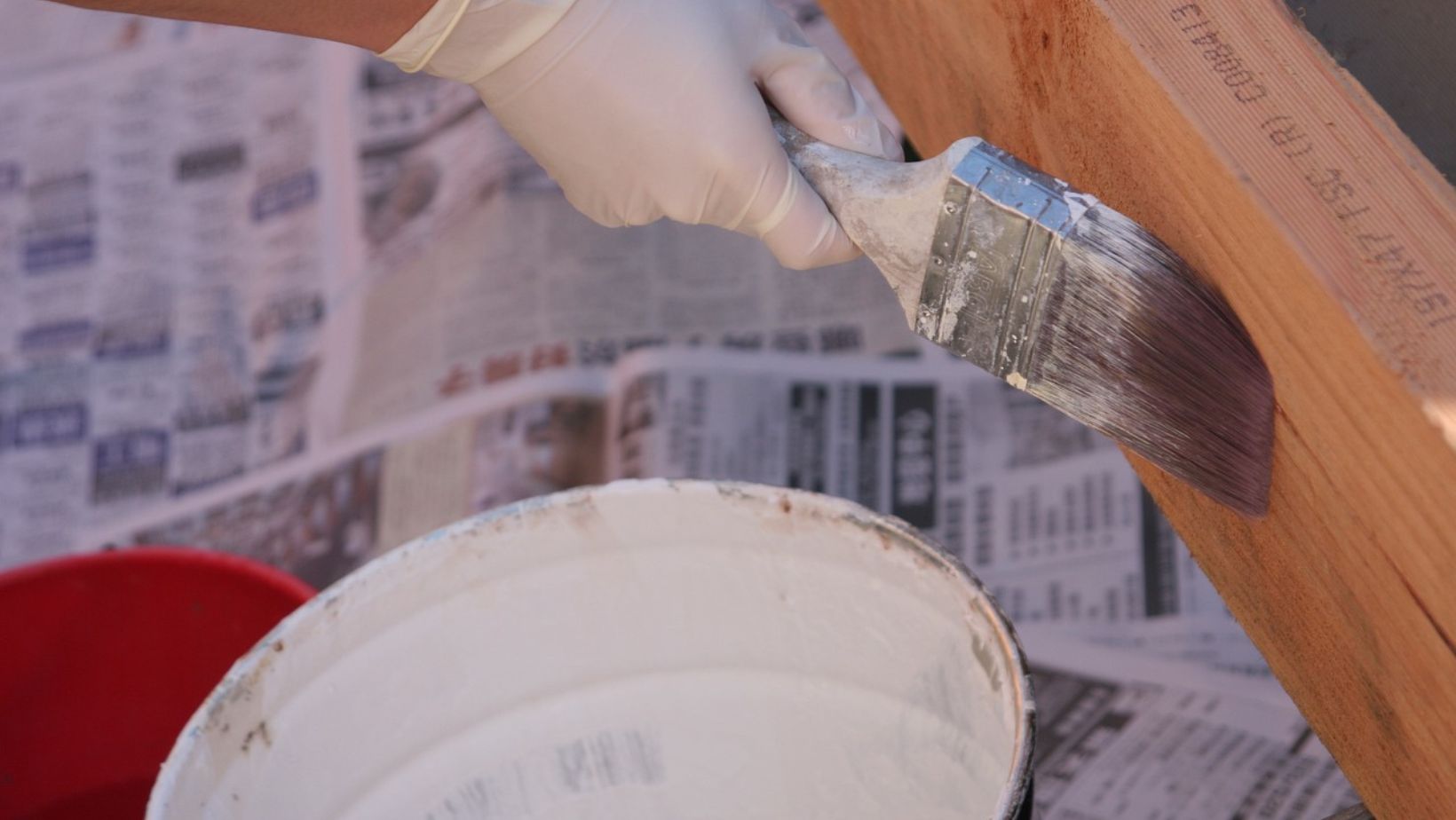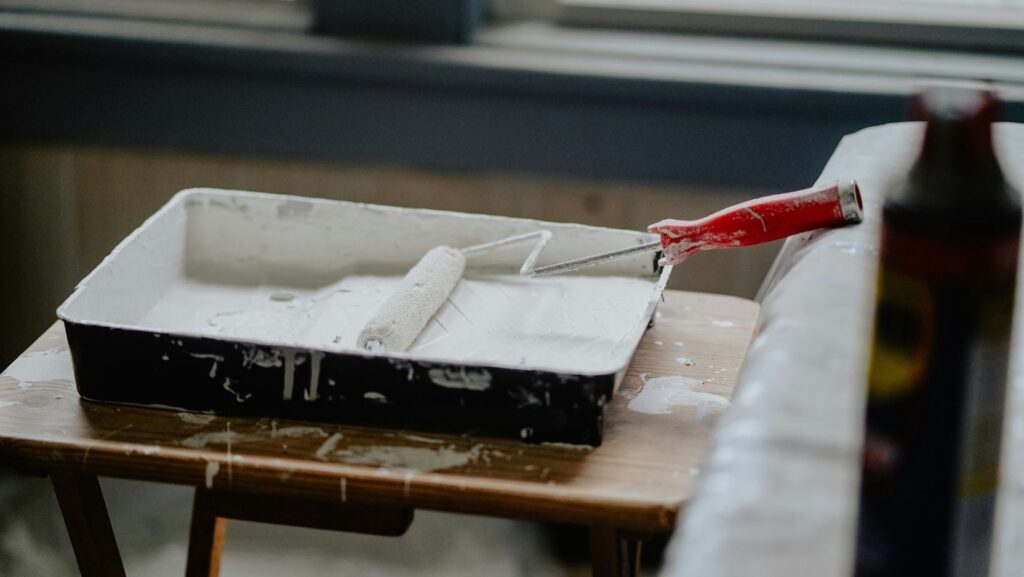Selling a home is a significant milestone that involves careful planning and decision-making. Among the myriad of choices homeowners face, deciding whether to invest in home improvements before selling can be one of the most daunting. With potential profits on the line, it’s crucial to weigh the benefits of renovations against their costs. This guide provides insights into making informed choices about home improvements to maximize your home’s value.
The Psychology Behind Homebuying
Understanding what drives buyers can help you make decisions about home improvements. Buyers often gravitate toward homes that offer perceived value, convenience, and modern aesthetics. They want spaces where they can envision themselves living comfortably without the immediate need for changes. Therefore, strategic upgrades that enhance a home’s functionality and appeal can make it stand out. However, you may not need to engage in home improvement should you sell your property to professional cash buyers. If you want to sell your property quick, without considering any renovations, look for cash buyers willing to purchase homes in their current condition. This option can save you time, money, and effort.
Cost vs. Return on Investment
Ultimately, the decision to renovate should be guided by carefully assessing costs versus potential returns. Not all improvements will yield a high return, so choosing those that offer the best chance of recouping your investment is vital. Create a budget and evaluate the expected increase in your home’s value due to each proposed improvement. By strategically investing in home improvements, you can enhance your home’s appeal, increase its value, and attract more buyers, making your selling process smoother and more profitable.

Kitchen Upgrades That Pay Off
The kitchen is often considered the heart of the home, and its condition can significantly impact a buyer’s perception. However, not all kitchen renovations yield the same return on investment. It is essential to target upgrades that offer the most bang for your buck. Focus on high-impact, budget-friendly changes such as repainting cabinets, updating hardware, or replacing outdated appliances. These updates can modernize the space without breaking the bank and are often enough to leave a lasting impression on potential buyers.
Consider the overall style of your home when making kitchen upgrades. Ensuring consistency in style and color scheme throughout the house creates a cohesive look appealing to buyers. A well-thought-out renovation that aligns with current trends can enhance the kitchen’s attractiveness and increase your home’s overall value.
Bathroom Enhancements for Value Addition
Refinishing bathtubs, replacing old fixtures, or installing new lighting can give bathrooms a fresh look. These simple changes can improve functionality and aesthetics without requiring extensive renovations. If budget permits, consider adding or upgrading features like double sinks, walk-in showers, or energy-efficient toilets. Such improvements can meet buyer expectations for luxury and efficiency, making your home more desirable in a competitive market.
The Value of Energy Efficiency
In today’s eco-conscious world, energy-efficient homes are highly sought after. Consider investing in energy-efficient windows, insulation, or appliances. These improvements appeal to environmentally conscious buyers and offer long-term savings on energy bills, which can be a strong selling point. Additionally, showcasing existing green certifications or energy ratings can further enhance your home’s appeal. Such features align with modern buyer preferences and position your home as a forward-thinking investment.
Open Up Your Space
Open floor plans are highly desirable, offering flexibility and a sense of spaciousness that many buyers love. Consider creating a more open feel if your home has a traditional layout with separate rooms. Removing non-structural walls, expanding doorways, or adding archways can create a seamless flow between spaces. These changes can make the home feel more extensive and inviting, which can be a significant selling point. If structural changes are not an option, rearrange furniture to enhance the sense of openness.

Smart Technology Integration
Incorporating smart home technology can set your property apart in a competitive market. Modern buyers appreciate tech-savvy features that offer convenience, security, and energy efficiency. Consider installing smart thermostats, lighting, or security systems.
These upgrades add value and demonstrate your home’s adaptability to future technological advancements. Demonstrating how such technology can enhance daily living can be decisive for buyers who value innovative home solutions.
Maintenance and Repairs Matter
Before investing in aesthetic improvements, ensure that all essential maintenance and repairs are current. A home with visible signs of neglect can deter buyers and decrease your home’s perceived value. Address roof leaks, plumbing problems, or outdated electrical systems. These repairs are critical to ensuring the home’s safety and functionality, which are top priorities for buyers. Ensuring the basics are in top condition can set a strong foundation for any additional improvements you make.
By focusing on strategic upgrades, understanding buyer preferences, and assessing cost versus benefit, you can increase your home’s allure and maximize its sale potential. Whether enhancing curb appeal, modernizing key spaces, or integrating the latest technology, suitable investments can make a significant difference. Consult with real estate experts for more guidance on preparing your home for sale.



